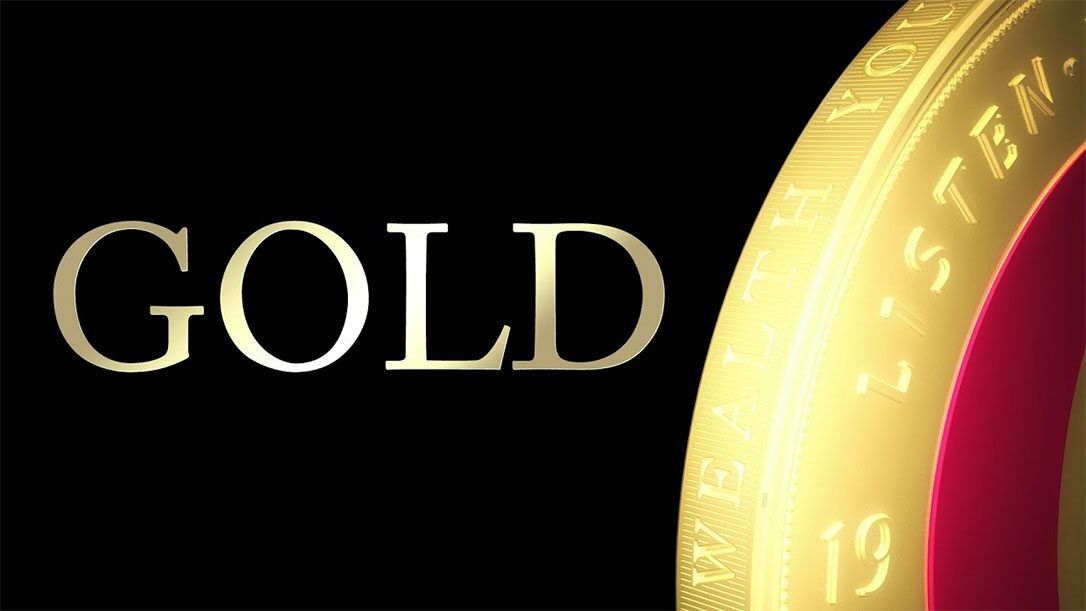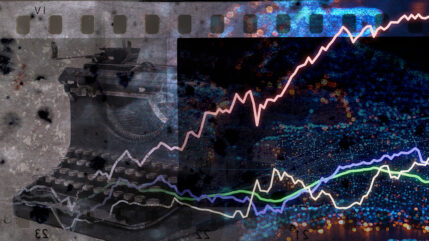Love gold or hate it, you can’t ignore it. Every year, we conduct a review of the supply and demand dynamics that affect the price of the yellow metal. The review always throws up interesting facts and the list below is a potted summary of our key findings.
A summary of key facts follows. The full 14 page report, written by my colleague James Timpson on 15th July 2016, is available to download here.
- Demand for gold in jewellery is in decline. Jewellery formed 84% of total demand for gold in 2000, but last year it was only 56%. One reason is cost (the gold price has risen strongly over the period), but another reason is fashion. When I got married in 2000, I chose a gold wedding band, these days, many people choose platinum. Western jewellery choices are largely irrelevant however. China and India together comprise almost 60% of global jewellery demand.
- Your smartphone has gold in it. On average, 0.027 grams of gold. Because of its conductivity and corrosion free properties gold is also used in TVs, calculators, GPS units and other electronic devices. Demand for gold in electronics has fallen recently as the slowdown in global GDP (Gross Domestic Product) growth impacted consumer goods sales. Japan and China together comprise 53% of total fabrication of gold for electronics.
- When the gold price rises, people sell their jewellery, and the contribution of scrap to the global supply of gold increases. This shouldn’t be surprising. We have all seen the “Cash 4 Gold” adverts. If you want to extract the gold from your old mobile phone there are You Tube videos to show you how.
- Your next dental filling is unlikely to be a gold one. Dentistry gold demand has declined steadily over the last 10 years as laboratories switch to non-precious alternatives.
- Gold mining production has increased steadily over the last 6 years, proving that a higher gold price increases investment in technology to extract gold that couldn’t have been mined using older methods. However, capital expenditure cuts in 2013 have resulted in a reduction in the number of projects going live and so gold mining output is likely to fall. China, Australia, Russia, the US, Peru and South Africa are the top six gold producing countries. The largest gold mining company in the world is Barrick Gold, based in Canada (the seventh largest gold producing country).
- Europe (excluding Russia) produces just 1% of annual world gold supply.
- Central banks hold gold as part of their reserves. At the end of 2015 a fifth of all the gold ever mined was held by central banks. Central banks have a habit of selling gold when it is cheap and buying it when the price is high. The UK didn’t buck the trend when selling almost 400 tonnes of gold at low prices between 1999 and 2002.
- Gold’s highest closing price was $1,900 per ounce on 5th September 2011. It is now almost a third lower.
- In our Global Asset funds, Courtiers took profits on a short gold position in 2014. Since then we haven’t traded gold at all. Gold investment is easier than ever thanks to ETFs (Exchange Traded Funds), and investment (ie., just holding the metal) now accounts for 37% of total demand for gold. There is a broad positive relationship between gold and inflation – as inflation rises, the gold price tends to rise. Uncertainty is also a trigger for a rising gold price – the vote by the UK to leave the EU resulted in a large uptick in the gold price on 24th June.













